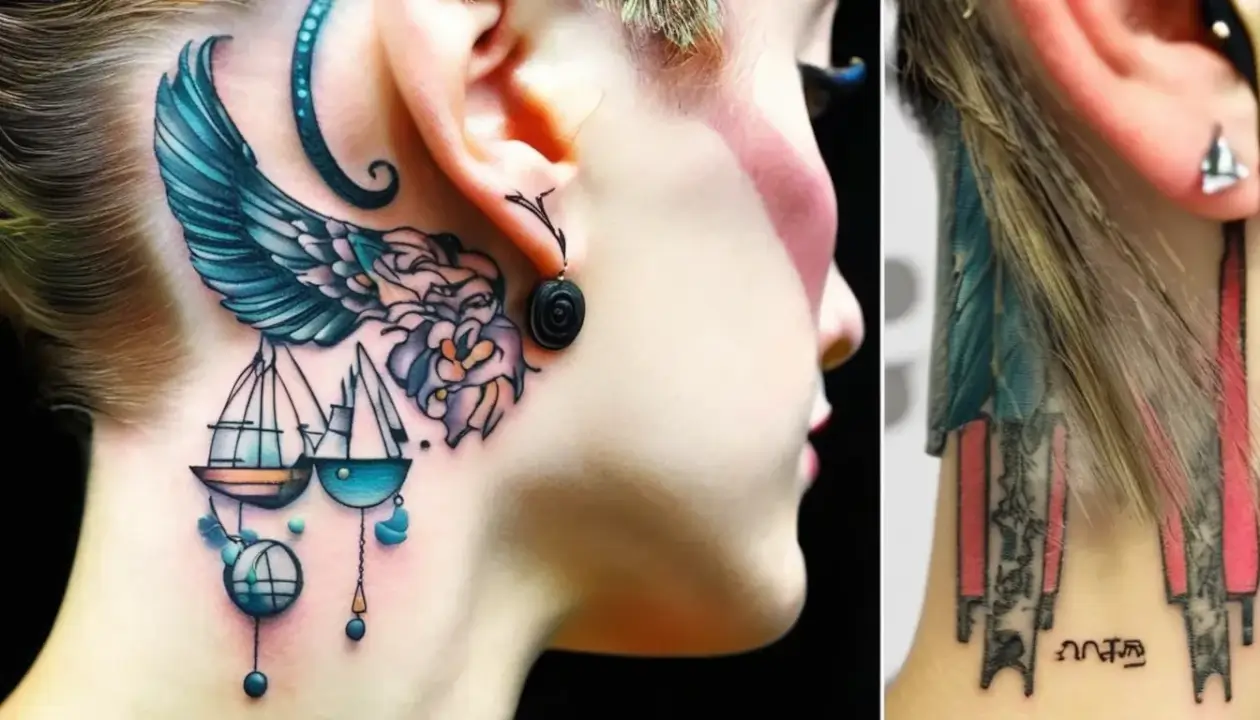Tattoos are a lovely way to express yourself, yet they may no longer feel meaningful. You may be wondering about the process, its outcomes, and what happens before and after removal if you consider removing a tattoo.
The article will give you an in-depth look at tattoo removal so you can make a good decision.
Why Do People Remove Tattoos?
A person may wish to get a tattoo removed for lots of reasons. It can be because their beliefs, way of life, and personality are no longer reflected in the design. People can experience regret due to badly created artwork or rash judgments.
Others may decide to get their tattoos removed for work-related reasons or to make space for a new design. Removing a tattoo is a popular and easy solution, regardless of the reason.
The most frequently removed tattoos represent past relationships, outdated fashions, or sudden choices. Similarly, a professional change may cause someone to reconsider visible tattoos that were once acceptable in their previous workplace.
Thanks to modern innovations, tattoo removal is now safer and more efficient than ever.
Understanding the Tattoo Removal Process
Tattoo removal includes breaking down the ink particles in the skin so that the immune system can absorb and destroy them. The most widely used technique is laser tattoo removal, which targets ink pigments with powerful light beams.
Because some pigments are more difficult to remove than others, different lasers are used for different colors.
Other factors, such as the tattoo’s age, location on the body, and type of ink, can also affect the removal procedure.
Tattoos typically fade more quickly in regions with high blood flow, such as the arms or abdomen. On the other hand, areas with less circulation, like the hands or ankles, might take longer.

Preparing Yourself for Tattoo Removal
Examine the Process: Find out more about the tattoo removal procedure and speak with a trusted clinic before deciding to have one. Reviews and feedback found online can provide important information about what to look for.
Select a Professional: To guarantee safe and efficient treatment, choose a qualified and experienced professional. Look for clinics that employ cutting-edge laser technology.
Understand the Commitment: Depending on the size, color, and placement of the tattoo, many sessions scheduled weeks apart are required for removal. To get the best results, be prepared to commit for a long time.
Avoid sun exposure: Sunburnt or browned skin might make removal more difficult, so keep the area covered. It’s a good idea to use sunscreen regularly both before and during treatment.
The Experience of Tattoo Removal
During the process, a laser transmits light waves into the tattooed area.
Most people say it feels like a rubber band snapping against their skin. Skin-numbing lotions are often used to reduce pain.
Depending on the size of the tattoo, each session often lasts between 10 and 30 minutes. After the treatment, the skin may look red, puffy, or blistered; this is a normal healing side effect.
To prevent difficulties and secure proper healing, you must follow the right aftercare instructions.
Laser tattoo removal targets the ink particles without causing major damage to the surrounding skin. The immune system eventually breaks down and removes smaller pieces of the ink.
After Tattoo Removal: Healing and Results

Quick Aftercare: After a session, you should keep the area tidy and refrain from picking at blisters or scabs. Use the ointments as directed to aid in healing and avoid infection.
Observe Specialist Instructions: You will get detailed aftercare instructions from your clinician. Following these steps is important for good healing. For a few days after each treatment, avoid activities such as swimming and high sweating.
Patience is Key: As the body slowly gets rid of ink particles, the full effects of tattoo removal may not show up for a few months. For best results, appointments and follow-ups must be scheduled consistently.
Possible Side Effects: Skin pigmentation changes, redness, and swelling are examples of temporary side effects. Usually, these fade over time. Rarely, discoloration or scarring could happen, especially when aftercare instructions are not followed.
Before and After: What to Expect
Although it varies depending on the tattoo age, ink color, and skin type, the transformation after tattoo removal is amazing. In general, older tattoos with faded ink are simpler to get rid of. More sessions could be needed for pigments that are darker and more bright.
The tattoo may seem vivid and firmly ingrained in the skin before removal. The design gradually fades until it is nearly undetectable after many treatments. However, not all tattoos can be completely removed because some stubborn inks may leave subtle traces.
Before and after pictures of tattoo removal can be uplifting. They showcase how advanced techniques can lighten or eliminate tattoos that once seemed permanent. Individual results will depend on your unique circumstances.
Alternatives to Laser Tattoo Removal
Although laser treatment is the best choice for tattoo removal, there are other options such as dermabrasion and surgical excision, which are less common because of the higher risks and potential damage.
Dermabrasion involves sanding down the skin’s surface to remove the tattooed layers, while surgical excision involves cutting out the tattooed skin and stitching the area closed. Both procedures are harmful and usually used for smaller tattoos.
FAQs
To have a tattoo removed, how many sessions are required?
The majority of tattoos take from 6 to 10 sessions, while the exact number depends on the size, color, and depth of ink.
Does getting rid of a tattoo hurt?
Some people describe the treatment as uncomfortable, like a rubber band snapping on their skin. There are numbing creams to lessen pain.
Is it possible to entirely remove all tattoos?
Even though many tattoos fade significantly, it’s not always possible to get rid of them entirely, especially for older and specific ink colors.
What is the price of tattoo removal?
The cost varies according to clinic, tattoo size, and number of sessions, however, it normally ranges from $100 and $500 per session.
Conclusion
You can recover your confidence and skin by going through the personal process of tattoo removal. You can get excellent results if you are prepared, have professional advice, and have patience.
Whether it’s removing an unwanted memory or making room for new work, the technique allows for a fresh start. Tattoo removal has become safer and more effective as laser technology has advanced, allowing people to welcome change.










